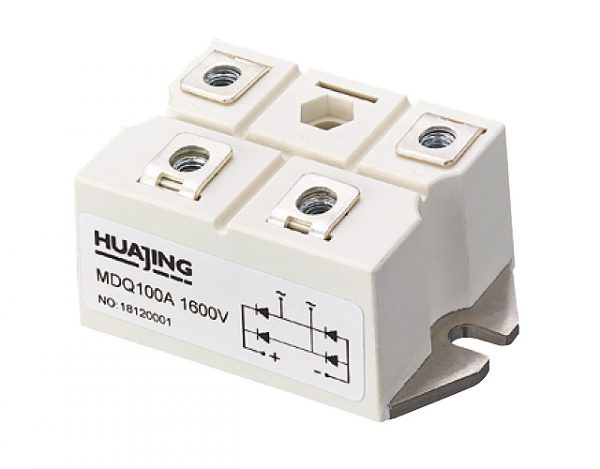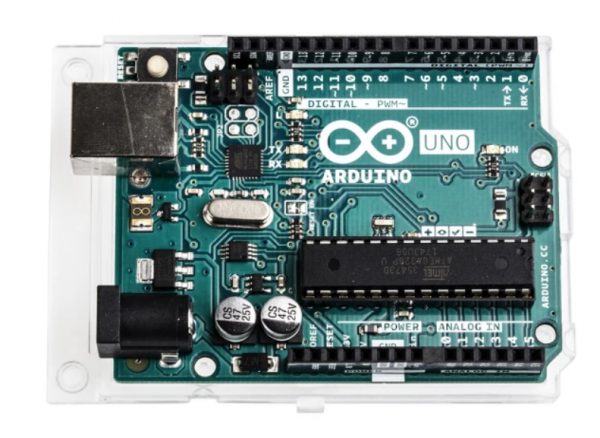Decoding Crypto Market Caps, Charts, and ICOs: What’s Really Going On?
So, I was scrolling through some crypto charts the other day, and wow, the numbers just kept jumping at me. Market capitalization—sounds fancy, right? But what does it really mean for investors like you and me? Honestly, I always thought it was just the price times the number of coins out there. But then I started digging deeper, and things got a bit messy…
At first glance, market cap seems like the obvious way to rank cryptocurrencies. It’s simple math: multiply the current price by circulating supply. Easy. But hang on a sec—what if that circulating supply isn’t as liquid or trustworthy as it looks? Something felt off about relying solely on market cap to gauge a coin’s real value or potential.
Really? Yeah, because prices can be manipulated, and sometimes circulating supply figures are, let’s say, optimistic. Plus, newly launched tokens can have tiny market caps that explode overnight, which makes me wonder how much weight we should give to those numbers.
Hmm… that brings me to ICOs—or Initial Coin Offerings. Back in the day, they were all the rage for funding projects. People threw in cash hoping for the next big thing. But not every ICO was gold. Some turned out to be scams, while others fizzled out quietly. My instinct said, « Be careful. » Yet, the allure of early access kept many diving headfirst.
Okay, so check this out—there’s this site I stumbled upon recently, https://sites.google.com/mywalletcryptous.com/coinmarketcap-official-site/. It’s a neat resource for tracking market caps and coin charts, providing a clearer snapshot than just glancing at price tags.
Now, about those charts. At times, they look like a rollercoaster designed by a madman—sharp spikes, sudden drops. I’ll be honest: it’s easy to get whiplash. But the volume data and trend lines can tell stories beyond the price alone. For example, a steady upward trend in volume often signals growing interest, which might be a better indicator than just market cap flying high one day.
Here’s the thing—charts aren’t foolproof. They’re interpretations of past data, and crypto markets are notoriously volatile, often swayed by hype or news. On one hand, technical analysis can guide decisions, though actually, wait—let me rephrase that—it’s more like a gamble with educated guesses.
And speaking of market caps, they sometimes mask the real story. Take stablecoins, for example. They might have huge market caps, but their price rarely budges. So, does that mean they’re valuable in the same way as a volatile altcoin? Nah, it’s a different beast. The context matters.
Oh, and by the way, I’ve noticed some coins with massive supply numbers but tiny individual prices—like fractions of a cent. At first, I thought they were bargains. But then I realized, with billions of tokens floating around, the market cap can be inflated artificially.
Something else that bugs me is the hype around ICOs with sky-high promises and vague roadmaps. Sure, some projects deliver, but many don’t. It’s like investing in a startup with zero product but shiny marketing. So, reading whitepapers and checking developer activity is crucial.

Why Market Cap Isn’t the Whole Picture
Market cap is just one piece of the puzzle. For instance, Bitcoin’s market cap dwarfs many others, but that doesn’t mean every altcoin with a small cap is doomed or ready to explode. The circulating supply can be misleading—some coins have large reserves locked up or owned by insiders, which skews the real market dynamics.
Also, not all coins on coin tracking platforms update supply data accurately. This leads to discrepancies that can trip up even seasoned investors. Initially, I thought all data was equally reliable, but the deeper I went, the more I realized the importance of vetting sources.
Really, it’s like judging a book by its cover—or worse, by the number of copies printed. You gotta read the fine print. That’s why I always cross-reference market data with project fundamentals and community sentiment.
Something else worth mentioning: ICOs often come with token lockups or vesting schedules. So even if an ICO raises a ton of money, those tokens might flood the market later, causing price dips. This delayed supply can mess with market cap interpretations.
Whoa! That’s a lot to unpack, huh? But it’s all part of why crypto investing is as much art as science.
Crypto Charts: Reading Between the Lines
Charts can be addicting. I mean, watching candlesticks dance and volume bars shift is almost hypnotic. But the trick is not to get caught up in short-term noise. Instead, look for patterns and confirmations. For example, a breakout accompanied by high volume tends to be more reliable.
On the flip side, sudden spikes without volume support can be pump-and-dump schemes. I’ve seen those play out too many times. It’s tempting to jump in when a price rockets, but patience usually pays off better.
Actually, wait—let me rephrase that—sometimes those quick moves signal genuine interest, especially when paired with good news or partnerships. So, context is king.
By the way, if you want a solid place to track these charts with decent accuracy, that earlier mentioned site, https://sites.google.com/mywalletcryptous.com/coinmarketcap-official-site/, offers real-time updates that can help you spot trends before the crowd.
One more thing—be wary of over-trading based on charts alone. It can lead to burnout and losses.
ICOs: The Double-Edged Sword
Initial Coin Offerings exploded around 2017, bringing a wave of excitement and, unfortunately, scams. The promise of early access to tokens at low prices was irresistible to many. But as the market matured, regulations caught up, and the ICO craze cooled down.
Even now, ICOs—or their evolved forms like IEOs and STOs—can be legitimate fundraising tools. But deciphering which projects are worth backing requires more than just hype. Due diligence on team credibility, use cases, and community support is essential.
Something I find fascinating is how some ICOs have structured tokenomics to incentivize holding rather than dumping. Those models tend to produce healthier markets. Conversely, poorly designed offerings can flood exchanges with tokens, tanking prices.
Wow! It’s like the Wild West out there, but with rules slowly being drawn.
Anyway, navigating ICOs requires a mix of gut feeling and research. Don’t just chase the FOMO.
Quick FAQs About Crypto Market Metrics and ICOs
What exactly is market capitalization in crypto?
In simple terms, it’s the price of a single coin multiplied by the number of coins currently circulating. It gives a rough estimate of the coin’s total market value, but it doesn’t tell the whole story.
Are cryptocurrency charts reliable for investment decisions?
Charts provide historical data and trends, which can be useful, but they’re not foolproof. Always combine chart analysis with fundamental research and watch out for market manipulation.
Should I invest in ICOs?
ICOs can offer early opportunities but come with high risk. It’s critical to research the project, team, and tokenomics thoroughly before investing.
So, circling back to where we started—market caps, charts, ICOs—they’re all pieces of a complicated puzzle. None should be taken at face value, and each requires a healthy dose of skepticism mixed with curiosity. If you’re hunting for reliable data and a clearer picture, I highly recommend checking out https://sites.google.com/mywalletcryptous.com/coinmarketcap-official-site/. It’s been a solid compass in my crypto explorations.
Honestly, there’s no magic formula here—just ongoing learning and adapting. Crypto’s wild ride isn’t slowing down anytime soon, and neither should our critical thinking.




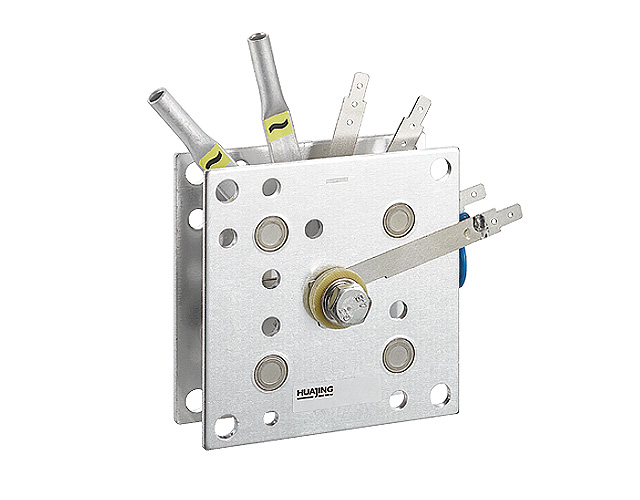













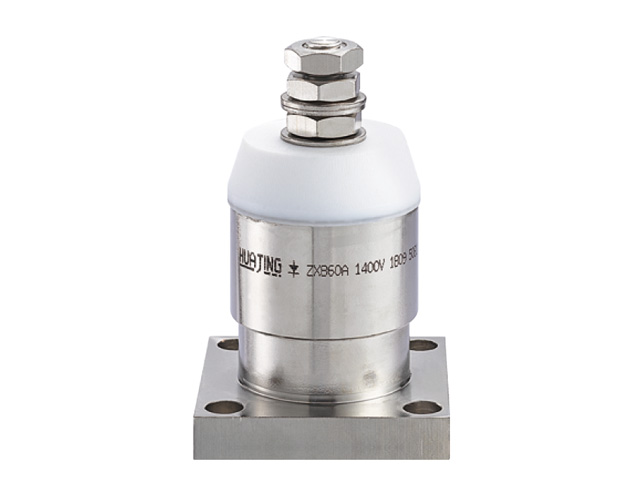
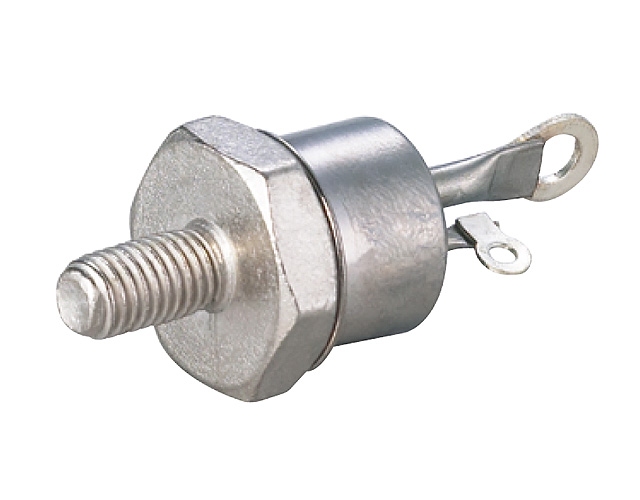
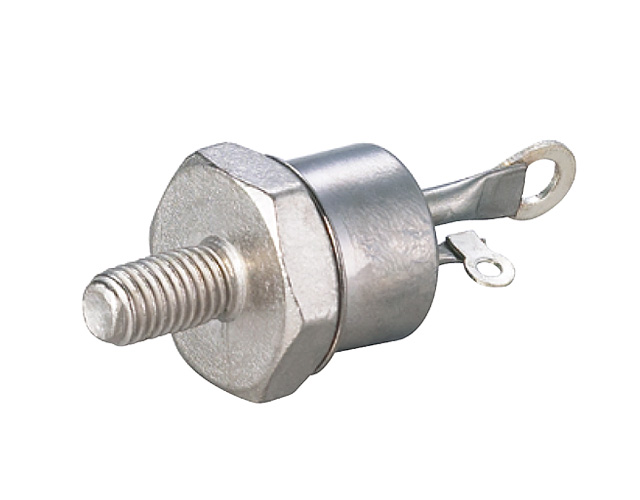

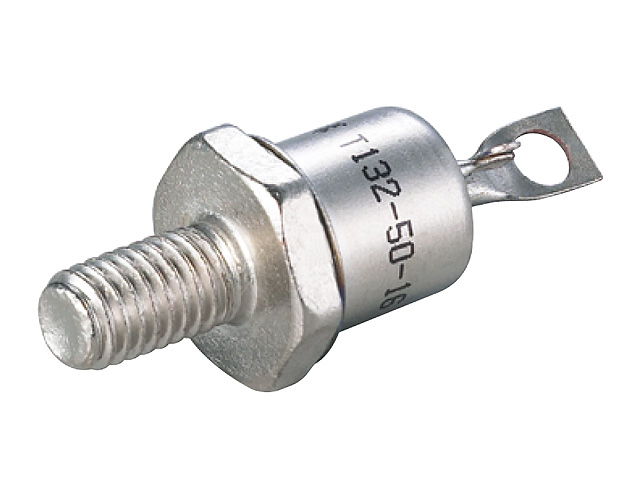

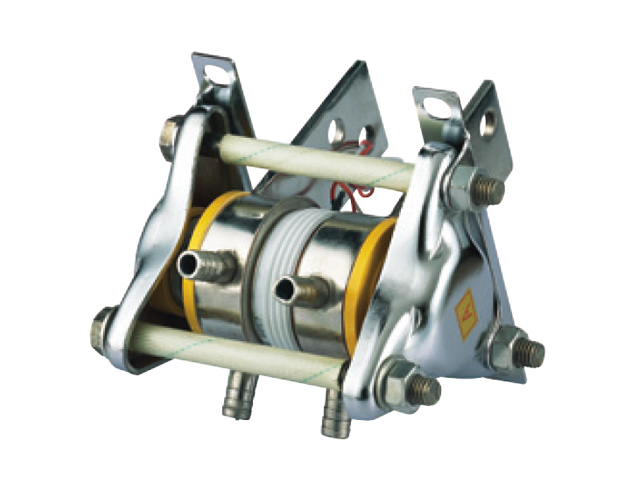

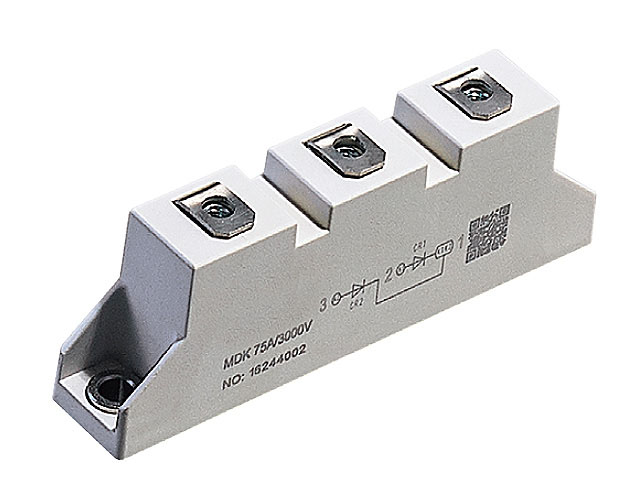



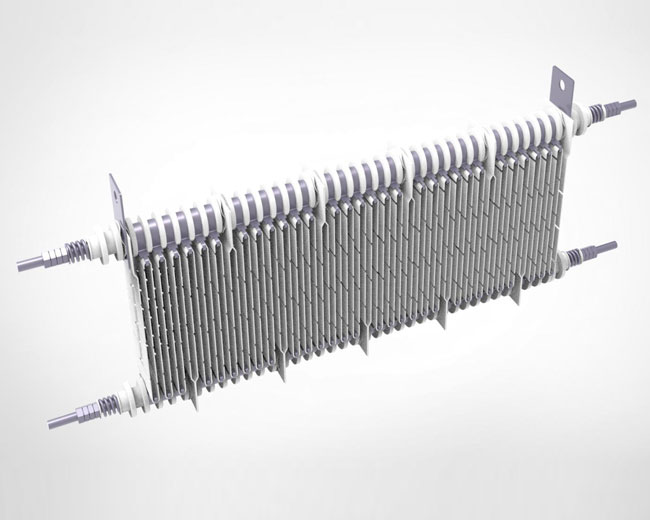









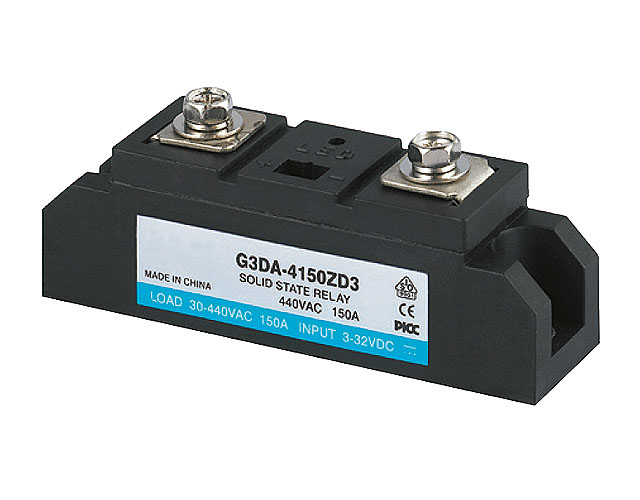

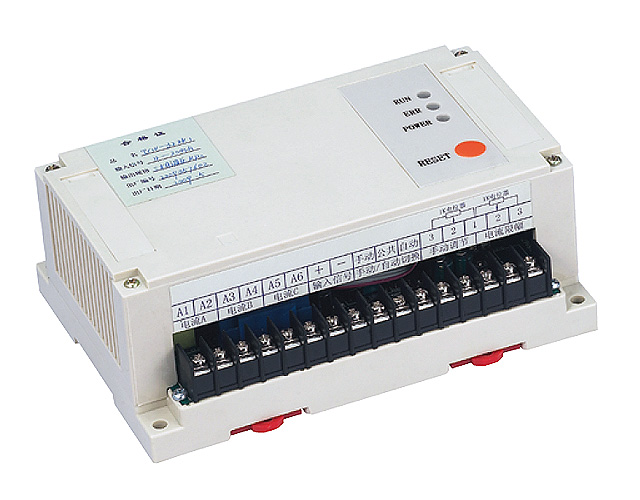




 Menu Item #1
Menu Item #1 Menu Item #2
Menu Item #2 Menu Item #3
Menu Item #3




































